AI in Insurance
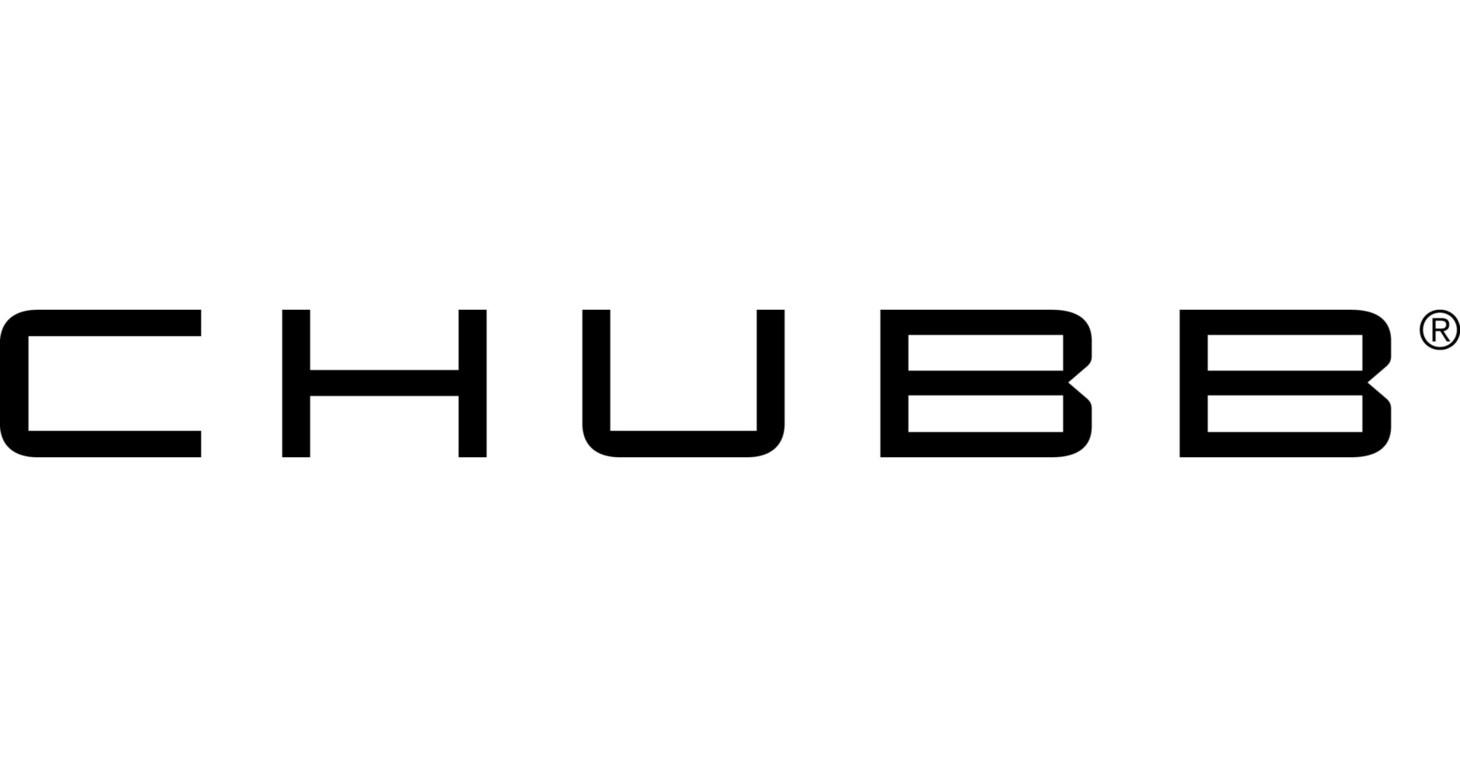
Chubb Launches AI-Powered Embedded Insurance Engine
Chubb, a world leader in insurance, debuted today a new AI-powered optimization engine within Chubb Studio, its global technology platform for embedded insurance distribution partnerships, at the Singapore Fintech Festival. The new capability uses proprietary AI to analyze data and deliver personalized insurance offerings at the point of sale, making it one of the first solutions of its kind available to digital distribution partners in the insurance industry.
The optimization engine will enable Chubb's partners to increase customer engagement and build stronger brand loyalty with measurable growth by aligning protection solutions with the unique needs of their customer base. Consumers gain access to simple, highly curated insurance options offered from the platforms and apps that they trust and within everyday digital experiences, providing peace of mind when it matters most.
"The launch of the Chubb Studio optimization engine represents a significant leap forward in how we empower our digital distribution partners to engage their customers, increase conversion and build financial resilience through highly relevant insurance protection," said Sean Ringsted, Chief Digital Business Officer at Chubb. "By combining data-driven insights with Chubb's breadth of products and deep industry and regional market expertise, we're enabling unique insights for our partners, and delivering tailored insurance products and services that drive results."
News

P/C market destabilizing in the wake of billion-dollar disasters, says panel
Property/casualty insurance is destabilizing as the annual cost of weather events in the country now totals $200 billion.
The U.S. property/casualty insurance market is destabilizing as the annual cost of weather events in the country now totals $200 billion. As a result, a large portion of the real estate asset class could be devalued, creating a number of challenges.
That was among the risks in the U.S. P/C market discussed in a recent webinar by The Conference Board.
The number of billion-dollar disasters in the U.S. has been increasing over the past decade and a half, with 2023 and 2024 setting records, said Erin McLaughlin, senior economic with The Conference Board. Convective storms – storms that carry heavy rain and high winds – made up the bulk of the disasters in 2023 and 2024, according to the National Oceanic and Atmospheric Administration.
NOAA also reported that tropical cyclones carried the highest price tags among weather disasters, with costs reaching the hundreds of millions in 2005, 2017 and 2024.
McLaughlin said that when looking at weather-related losses, only about 50% of the rebuilding cost is covered by insurance. “So much of rebuilding is infrastructure, which is a separate conversation but also a huge cost,” she said.
The cost of residential insurance premiums has increased 44% in the past six years, according to The Conference Board and the U.S. Bureau of Labor Statistics. During that time, premiums went up by108% in the 10 states with the highest number of natural disasters.
Amid this rapid escalation of costs, insurers are threatening to nonrenew coverage on homes as well as exiting entire regions altogether.
“If most property must be insured for it to hold its value and be marketable, yet insurance is so hard to get and so expensive, it essentially creates a huge systematic issue where we have a lot of property in the U.S. that won’t hold its value,” McLaughlin said.
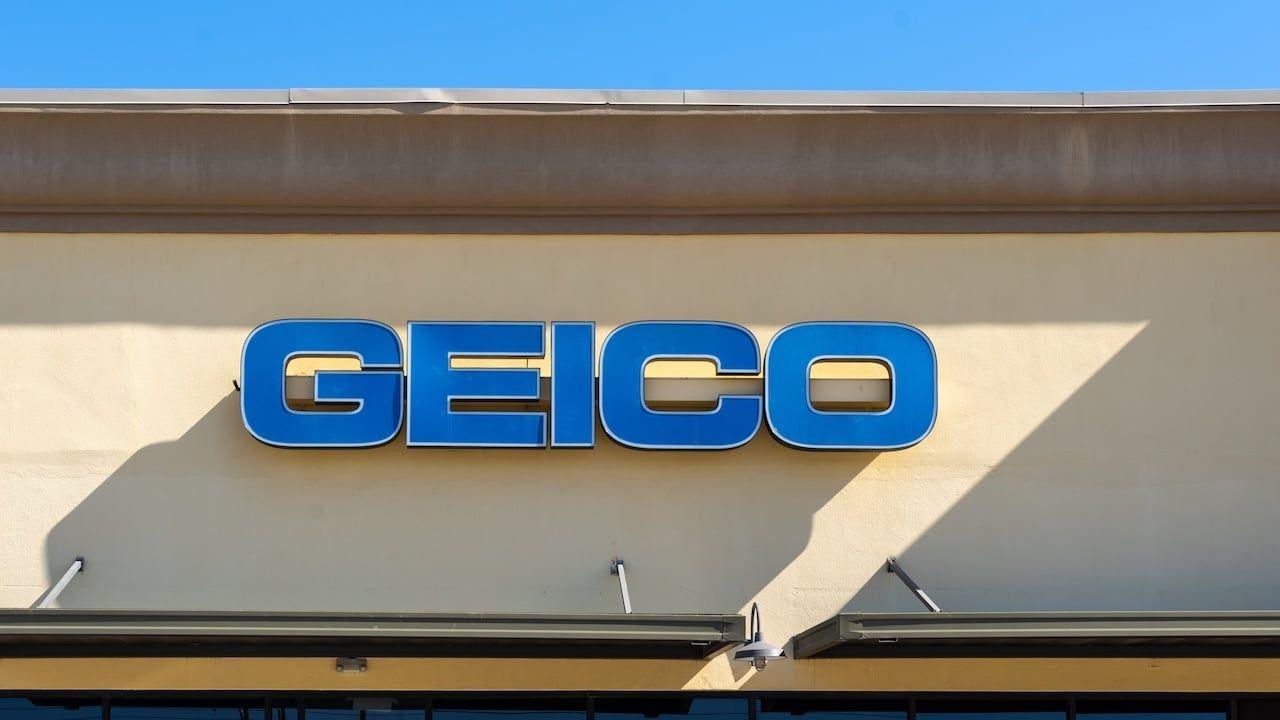
Geico class action claims insurer underpaid auto policyholders
Geico policyholders recently filed a class action lawsuit against the auto insurer, claiming it underpaid them for their total loss vehicle claims.
Geico class action overview:
- Who: Four policyholders filed a class action lawsuit against Geico Secure Insurance Co., Geico Casualty Insurance Co., Geico Advantage Insurance Co. and Government Employees Insurance Co.
- Why: The plaintiffs allege Geico underpaid policyholders for the actual cash value of their total loss vehicle claims
- Where: The Geico class action lawsuit was filed in Ohio federal court.
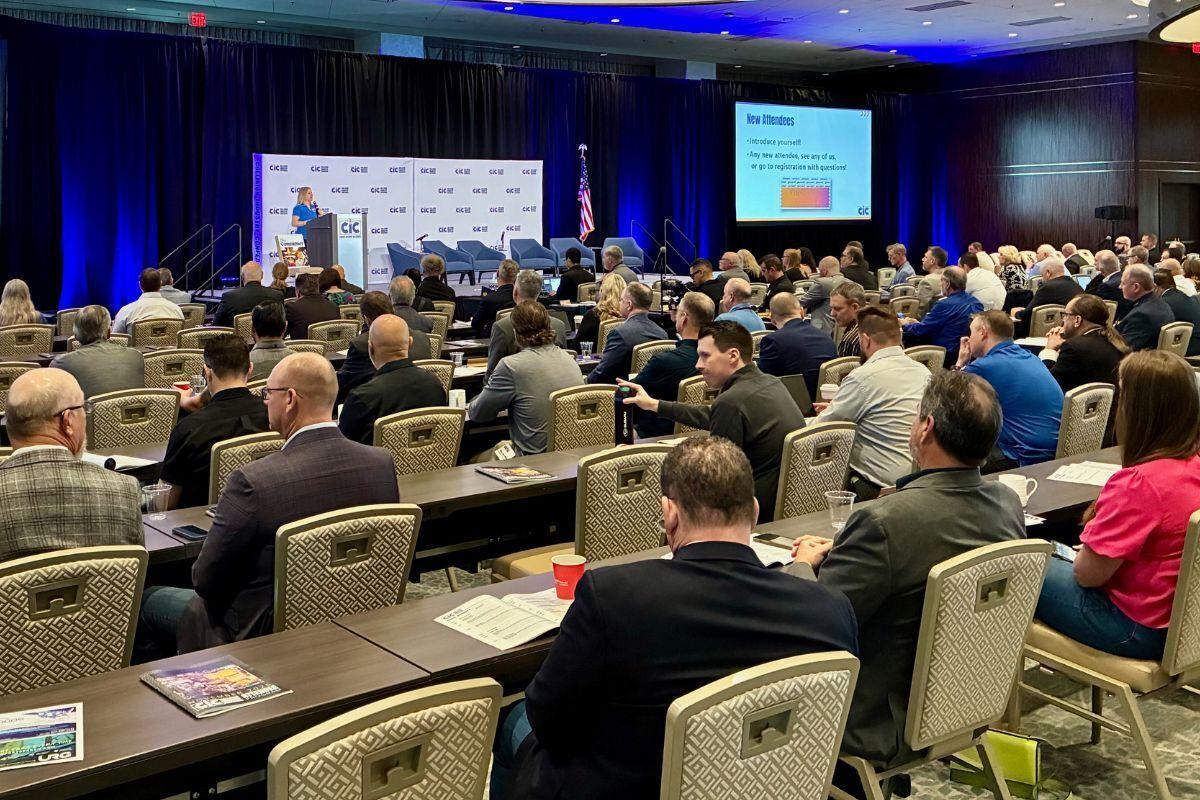
SCRS Decries Lowering of Body Shop Labor Rates This Year By Some Auto Insurers - Autobody News
Nearly a quarter of recently surveyed shops reported at least one insurance company is currently paying a lower labor rate than it did in January.
At least one recent industry survey found a significant percentage of shops reported one or more insurers paying a lower labor rate now than they were earlier this year — something the Society of Collision Repair Specialists (SCRS) called out at the Collision Industry Conference (CIC) in Las Vegas during SEMA week.
“This is in a time when nearly every cost that we have in our business is going up,” said Aaron Schulenburg, SCRS executive director. “Inflation is going up, wages are going up. The cost of running a collision repair business, the cost of performing repairs, is going up. Yet there is this sudden and concerning restriction on rates.
“When the reimbursement levels contract, or when they never kept pace with the investments that we had to make to perform repairs properly, it threatens the sustainability of our businesses and the availability of the skilled professionals that we need to keep the motoring public safe,” Schulenburg added.
Schulenburg pointed to a survey by CRASH Network this fall that found, among more than 300 responding shops, 1 in 4 said at least one insurance company is currently paying a lower labor rate than it did in January.
Research
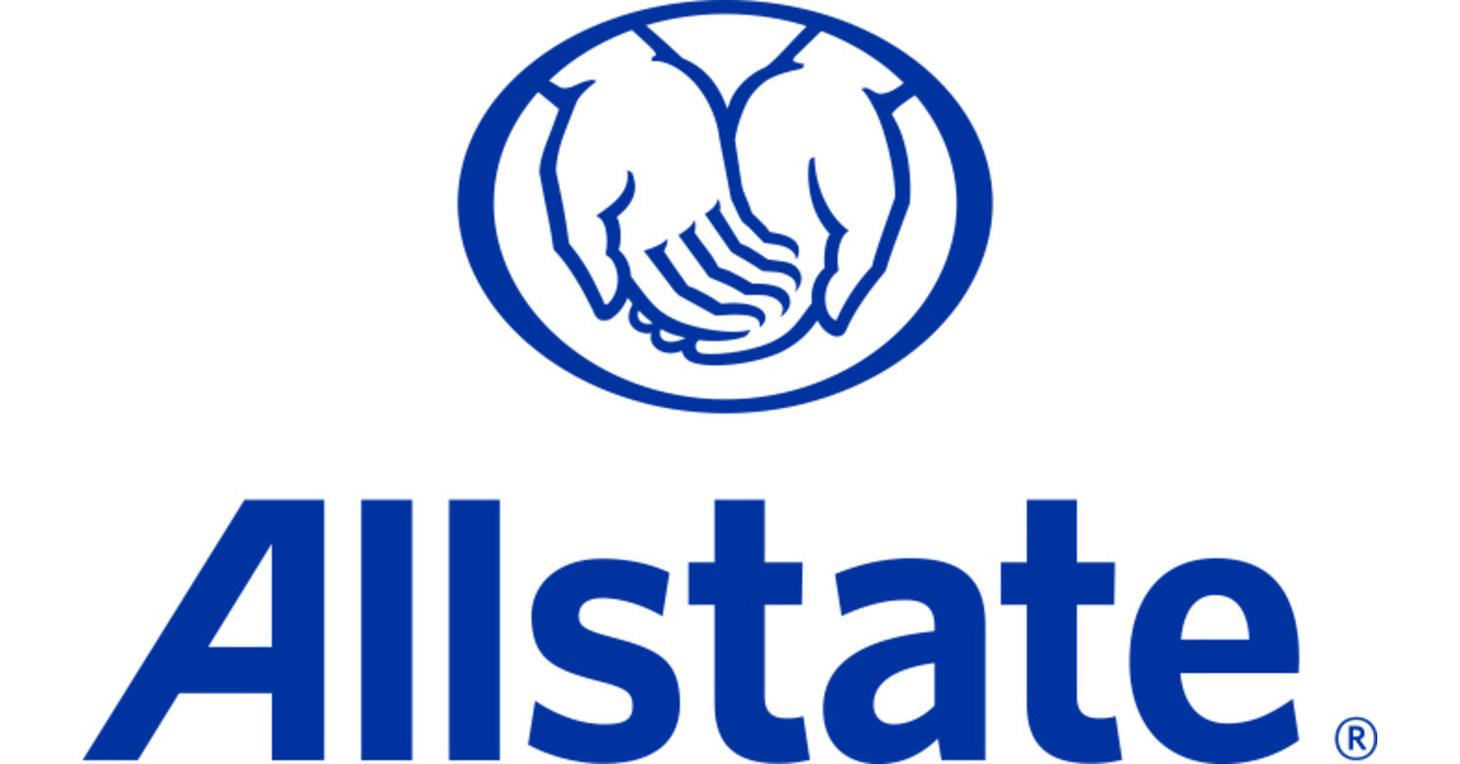
Allstate helps millions navigate Thanksgiving travel with new safety and congestion insights
- Allstate Drivewise® reveals risky driving spikes during Thanksgiving and helps drivers avoid them. Phone use, speeding and hard braking jump 10% or more. Drivewise encourages safer habits with real-time feedback.
- Allstate Roadside prepares travelers for congestion and breakdowns. Roadside service events surge Monday before Thanksgiving. Allstate Roadside offers fast, flexible help through the Allstate mobile app.
- Allstate identifies unexpected winter risk zones and equips drivers to stay protected. Claims data shows cities like Honolulu and Madison see steep safety drops. Allstate's crash detection and streamlined claims experience help drivers recover quickly and confidently.
Thanksgiving traffic could surge by 50% in major cities, and risky driving behaviors may make it even more dangerous. The latest Allstate Driver Report is helping millions travel safely this Thanksgiving with new data-driven insights and tools designed to reduce risk and stress on the road.
When and how are drivers most at risk? Unlike traditional travel forecasts, Allstate's analysis looks at how Americans actually drive. Allstate's safe driving program,Drivewise, in the Allstate mobile app, offers real-time insights that promote safer driving habits. Based on trips from roughly 2 million customers, here's what the data reveals about driving behavior during Thanksgiving week:*
- Phone handling jumps Tuesday night and Sunday evening – Up 10% as drivers head out and return home from holiday plans.
- Speeding peaks Sunday morning – Up 11% as drivers race home from the long weekend.
- Hard braking surges Thursday midday – Up 13%, likely from last-minute errands and local congestion.

Auto, property insurers must maximize retention in 2026
The coming year may pose challenges to insurers that are outside their control, such as economic uncertainty and weather catastrophes.
The coming year may pose challenges to insurers that are outside their control, such as economic uncertainty and weather catastrophes. However, there are several steps they can take to improve customer retention, which has fallen in 2025, according to TransUnion’s latest analysis.
The research includes a survey of consumers’ attitudes and plans for managing their property and auto insurance policies over the coming year. These findings and many more insights on moderating rates and profitability are included in TransUnion’s 2026 Trends and Outlook Report.
“The landscape in 2026 will continue to be increasingly competitive, especially for auto policy growth,” said Patrick Foy, senior director of strategic planning for TransUnion’s Insurance business. “Using targeted marketing to speak to consumers about what they value most will create a significant advantage.”
Among the top reasons consumers said would make them more likely to stay with their current auto insurance provider were proactive outreach about premium discounts, contacting customers prior to renewal regarding any rate increases, and having a well-known brand. Gen Z and Millennials were more drawn toward brand strength, while Gen X and Boomers indexed higher in valuing proactive outreach.
Insurers should also consider proactive outreach to address customers’ curiosity about cost savings.
Read the full 2026 Trends and Outlook Report here .
70% of Drivers Say They’ve Felt Unfairly Judged by Auto Insurers: Arity Report
A new survey reveals consumer frustration with auto insurance pricing models and growing support for more transparency in how policies are priced and for telematics.
The new research from mobility data and analytics company Arity suggests that drivers who feel that their auto insurance premium doesn’t reflect how they actually drive have plenty of company.
In a survey of 1,000 U.S. drivers with characteristics that may impact insurance access – such as lapsed coverage, traffic violations, or low credit scores – Arity uncovered a recurring theme: Many feel penalized by traditional proxies of risk.
A majority of respondents said they believe their current policy doesn’t reflect their real-world driving behavior and 70% said they’ve felt unfairly judged or stereotyped when shopping for auto insurance.

86% of Americans Would Trust AI to Help Them Buy Car Insurance, Insurify Announces
At least one recent industry survey found a significant percentage of shops reported one or more insurers paying a lower labor rate now than they were earlier this year — something the Society of Collision Repair Specialists (SCRS) called out at the Collision Industry Conference (CIC) in Las Vegas during SEMA week.
“This is in a time when nearly every cost that we have in our business is going up,” said Aaron Schulenburg, SCRS executive director. “Inflation is going up, wages are going up. The cost of running a collision repair business, the cost of performing repairs, is going up. Yet there is this sudden and concerning restriction on rates.
“When the reimbursement levels contract, or when they never kept pace with the investments that we had to make to perform repairs properly, it threatens the sustainability of our businesses and the availability of the skilled professionals that we need to keep the motoring public safe,” Schulenburg added.
Schulenburg pointed to a survey by CRASH Network this fall that found, among more than 300 responding shops, 1 in 4 said at least one insurance company is currently paying a lower labor rate than it did in January.
“We’re seeing this concern voiced by shops in nearly every region across the country, nearly every state,” Schulenburg said. “It’s not isolated. It’s systemic. We’re seeing a shift from things like ‘prevailing competitive price’ to ‘reasonable rates’ without any definition of what ‘reasonable’ means, without documentation being provided to the repair facilities, without providing justification, without any indication of any statistically valid survey. It’s simply: ‘We’ve determined it’s enough, even though we’ve lowered it significantly from what we’ve recognized before.’ There's no way to argue it because there’s no documentation provided to the industry.”
InsurTech/M&A/Finance💰/Collaboration

Insurtech Funding Enters a New Era as AI and Commercial Insurance Drive Q3 Momentum
Global insurtech funding has entered uncharted territory, with quarterly investment volumes stabilizing at approximately $1.1 billion per quarter over the past three years—a dramatic departure from the extreme volatility that characterized funding in the sector from 2020 to 2022, according to Gallagher Re’s Q3 2025 Global insurtech Report.
After years of boom-and-bust funding cycles, the insurtech sector has achieved what industry observers consider a sustainable baseline, the report said. Seven of the past 11 quarters have recorded funding within a 20% swing of the $1.1 billion mean average, with 10 of 11 quarters falling within a 30% swing. Funding in the third quarter of 2025 reinforced this pattern, delivering $1.01 billion in funding—a slight decline from the previous quarter’s $1.09 billion total but well within the established range, the report said.
This stability reflects a fundamental shift in investor strategy, according to Gallagher Re. The “winner-take-all” mega-rounds that characterized 2020 and 2021 have given way to a more balanced portfolio approach. Silicon Valley venture capitalists have recalibrated their appetite for early-stage risk, while traditional insurers and reinsurers have become more selective in their technology investments, the report said.
Notably, Silicon Valley VCs have accounted for 55.9% of all insurtech capital invested since 2012, yet their activity now closely tracks that of reinsurance-backed investors—a convergence that signals a maturing market, the report said.
Climate/Resilience/Sustainability
Beneva launches Rebuild Better to boost home resilience
Beneva, a Canadian mutual insurance provider, has launched a new initiative aimed at helping homeowners rebuild more sustainably after suffering damage.
The programme, called Rebuild Better, is part of the company’s broader effort to integrate eco-responsible practices into home insurance claims.
The initiative comes amid a growing need for homeowners to adapt to climate change. Extreme weather events are becoming more frequent and severe, with 2024 marking a record year for climate-related losses in Canada.
According to industry figures, such losses exceeded $8.5bn nationwide, with water damage alone accounting for 75% of claims, totalling $616m.
In response to these trends, Beneva reviewed its claims practices and created the Rebuild Better initiative to support members in rebuilding homes that are stronger and more resilient.
Beneva provides a wide range of property and casualty insurance products and operates under a mutualist model, which prioritises supporting members and sharing expertise and financial resources to enhance resilience.
Financial Results

Munich Re's P&C reinsurance result rises significantly on lower catastrophe losses
Munich Re reported a significant increase in its property and casualty reinsurance result, as a much lower combined ratio thanks to lower major losses, including natural catastrophes, flowed to the bottom line, which is a trend seen across major reinsurers and certain to continue the capital build-up in the sector.
Munich Re reported a third-quarter net result of EUR 1.997 billion in 2025, well up on the prior year’s EUR 907 million. For the first nine months of 2025 the net result is now EUR 5.176 billion, again much higher than 3Q 2024’s EUR 4.623 billion.
While currency effects drove insurance revenue from contracts down slightly year-on-year for both periods, Munich Re has reported that the low loss environment of Q3 saw its annualised return on equity (RoE) rising to 24.2% ( up from last year’s 11.5%), while for the 9 months it reached 20.8% (higher than 3Q 2024’s 19.9%).
In reinsurance, the return on equity is now running slightly higher at 21.5% for 2025 so far.
A key driver is the lower natural catastrophe and major loss environment, which has boosted Munich Re’s P&C reinsurance result considerably.
The company said that the net result for its property-casualty reinsurance segment rose significantly to EUR 1.187 billion (up from Q3 2024’s EUR 263m), which the reinsurer said was “due primarily to a very low major-loss expenditure.”
The combined ratio for Q3 2025 came in at 62.7%, reflecting the low incidence of major losses, far better than Q3 2024’s 89.5%.
Veterans Day

USAA launches “Honor Through Action,” committing $500M over five years to champion the military community | BizFayetteville
This Veterans Day, USAA is launching “Honor Through Action,” a national movement to ensure Veterans and their families are celebrated, supported and advocated for every day of the year.
“For more than a century, USAA has advocated for those who serve,” said Juan C. Andrade, president and CEO of USAA, in a press release. “Honor Through Action reflects our shared responsibility to act and help the military community thrive in every aspect of life – personally, professionally and financially. Supporting those who serve is not just what we do – it is who we are. It is how we take care of our own.”
USAA will honor and celebrate the military community through advocacy in action, fueled by a $500 million investment over the next five years into meaningful careers, financial security and well-being. This commitment will bring together partners across the public, private and nonprofit sectors to create meaningful, measurable change on the issues that matter most to Veterans and their families.
“USAA has always been a leader in philanthropic giving, and it is one of the foundational pillars of a good advocacy strategy. But what our CEO, what his vision is, is that we use that philanthropic investment, that money, to support these organizations that are inside of this alliance, so that they can then further their efforts at the tactical level, while we also start to look at opportunities to invest in long term policy driven effects so that we attack the root cause of some of these issues that we're feeling,” shared Retired Army Maj. Gen. John B. Richardson, senior VP, head of Policy and Alliances.
Honor Through Action (HTA) will position military families to thrive by focusing on three areas: meaningful careers, financial security and well-being.
USAA’s $500 million commitment to military families is designed to create lasting, nationwide impact by reinforcing the local network of organizations providing critical support on the ground.
People
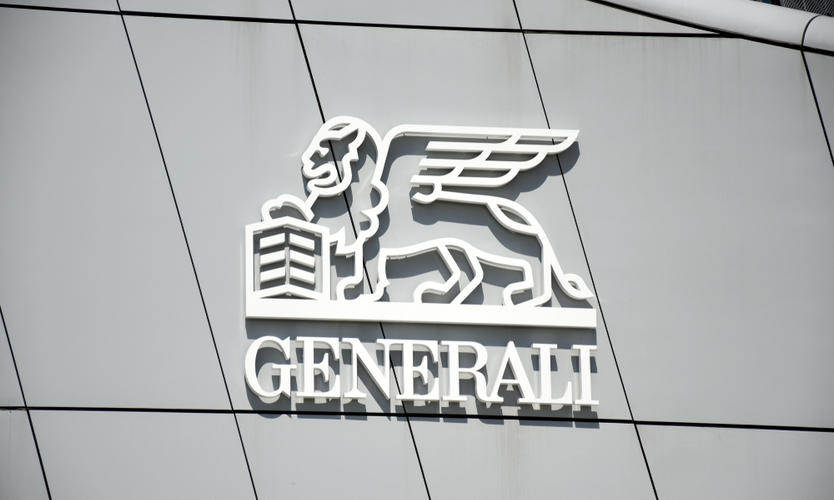
Generali names deputy CEO as succession talk swirls - Business Insurance
Generali said on Wednesday it had appointed the head of its insurance business Giulio Terzariol as group deputy chief executive, weeks after investors critical of CEO Philippe Donnet boosted their influence at Italy’s biggest insurance company.
Mr. Terzariol’s appointment is Mr. Donnet’s attempt to provide an internal CEO option should the two investors — Italian tycoon Francesco Gaetano Caltagirone and Delfin, the holding company of the late billionaire Leonardo Del Vecchio — push for his departure, two sources familiar with the matter told Reuters.
Mr. Caltagirone declined to comment, while Delfin did not have an immediate comment. The two investors tried in vain to oust Donnet in 2022.
Mr. Terzariol’s appointment comes weeks after state-backed lender Banca Monte dei Paschi di Siena — with the support of Mr. Caltagirone and Delfin — gained control of Mediobanca, Generali’s largest investor.
Mr. Caltagirone and Delfin, who are also the leading investors in MPS, have not given any indication of how they see the future of Generali since MPS became its main investor.
However, three sources close to the matter told Reuters last month that Mr. Donnet, in office since 2016, was expected to oversee an orderly transition and may not complete his full mandate.
Mr. Donnet in April secured another term which expires in 2028.
Podcast Sponsor

Audio Version - 'Connected: The Podcast' --- Sponsored by Pulse Podcasts
The ‘Connected’ Podcast by Alan Demers and Stephen Applebaum, is a condensed audio version of the day's ‘Connected' newsletter, a daily scan of all the happenings in the world of Insurance & InsurTech News.
Pulse Podcasts: Introduce a new way for your audience to hear your voice! We are a podcast creation service that helps businesses turn their written content, like blog posts and news articles, into beautiful podcasts. Our platform writes the script, records the voices, and mixes the audio to create engaging content for your audience. It's affordable and has super-fast turnaround!
LISTEN AND SUBSCRIBE BELOW
